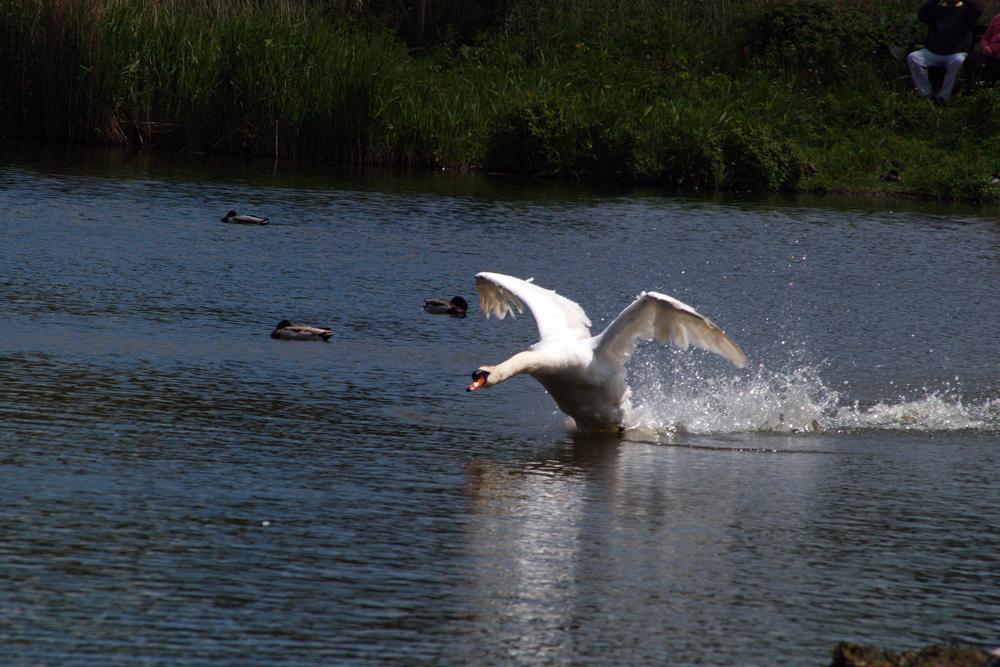Friday gave us the last of the very warm and sunny days that saw the thermometer rise to a peak of 20.8C late in the afternoon at 17.34, which was 3.5C above average. It was the second day that the UV level rose to a peak of ‘Very High’ as occurred on Thursday, but we are not far off the longest day so under strong sunshine this UV level is to be expected. A weather front crossed the area overnight that under the thick cloud cover produced a mild night, in fact the warmest night this month, with a minimum of 12.4C logged at 03.23 being 5.4C above my long-term average.
Once again the main rain area avoided Marlborough during the early hours with just 0.4mm that triggered the automatic rain gauge at 02.17.
Thanks to the back end of the weather front, Saturday began with thick cloud cover, however, the significant feature is that the wind is coming from the west after a southwesterly direction later on Friday. This is a direction not seen for over a month after the persistent northeasterlies that dominated most of May. The temperature at 08.00 was 15.2C making it the warmest start to a day this month at that time.
The next few days will be dominated by unsettled weather as we come under the control of low pressure systems arriving from the Atlantic. Currently, the centre of the depression is between Ireland and Iceland, hence the wind direction from a westerly quadrant today as the air moves around it in an anticlockwise direction. The barometric pressure has fallen to its lowest since the 12th having dropped 8mb since yesterday with a reading of 1012.9mb at 08.00. Two weather fronts are forecast to pass over the UK in the next twenty-four hours so sunshine and possibly light showers overnight.




